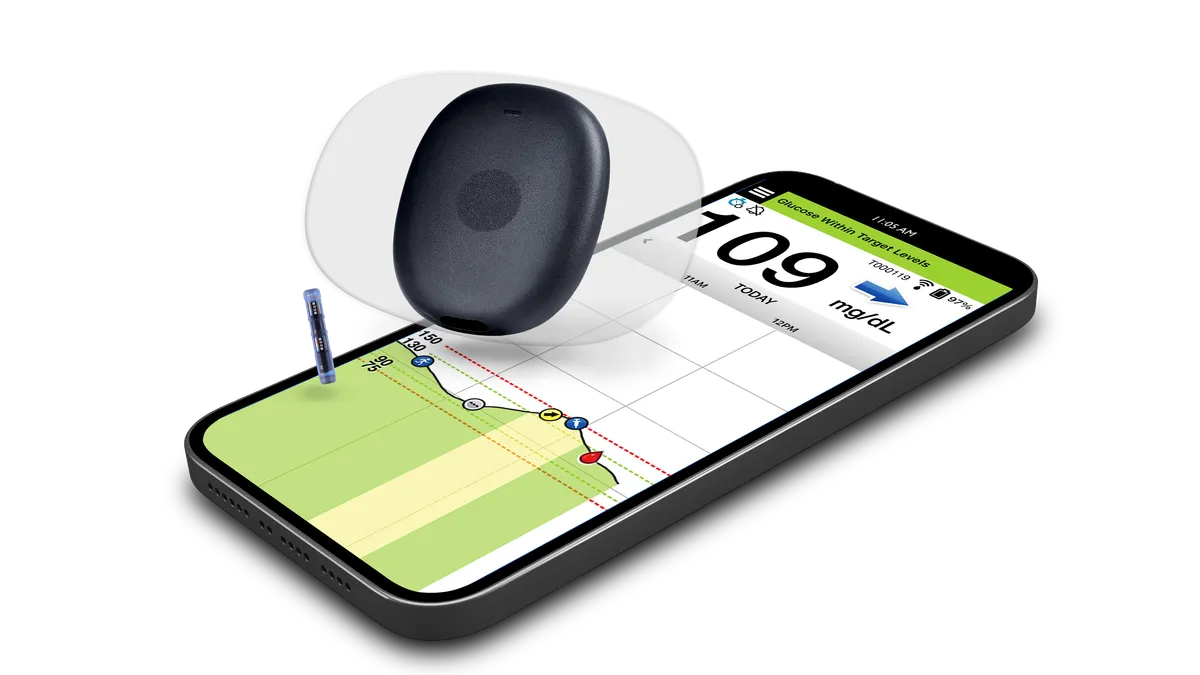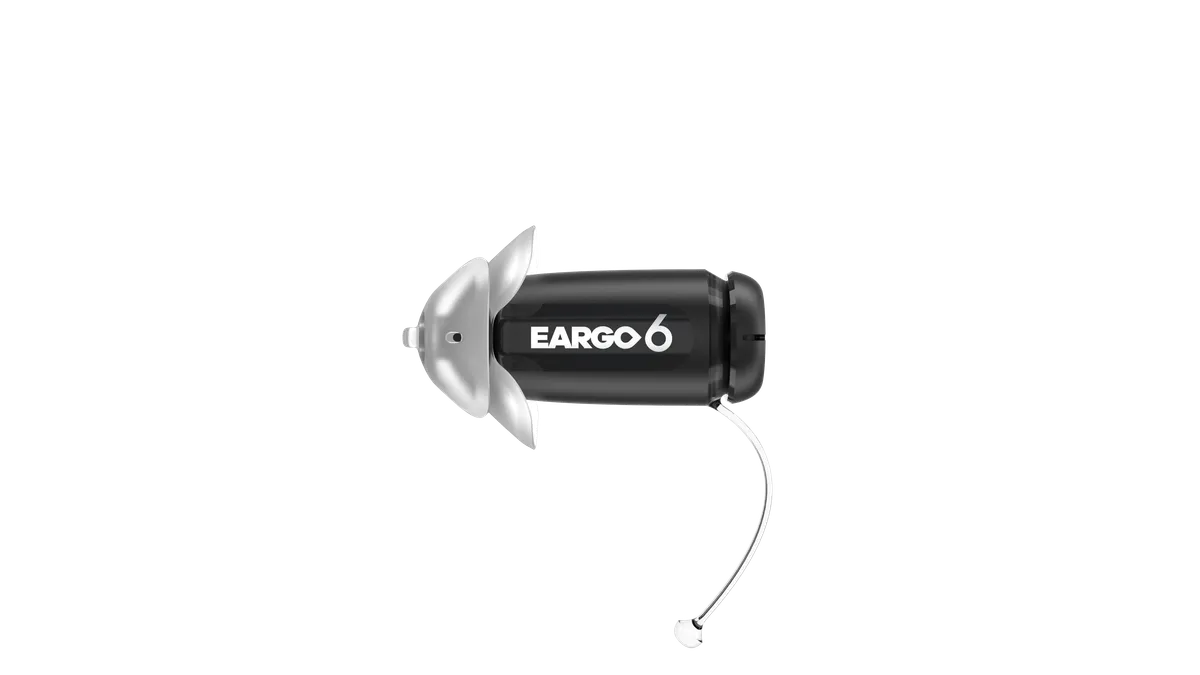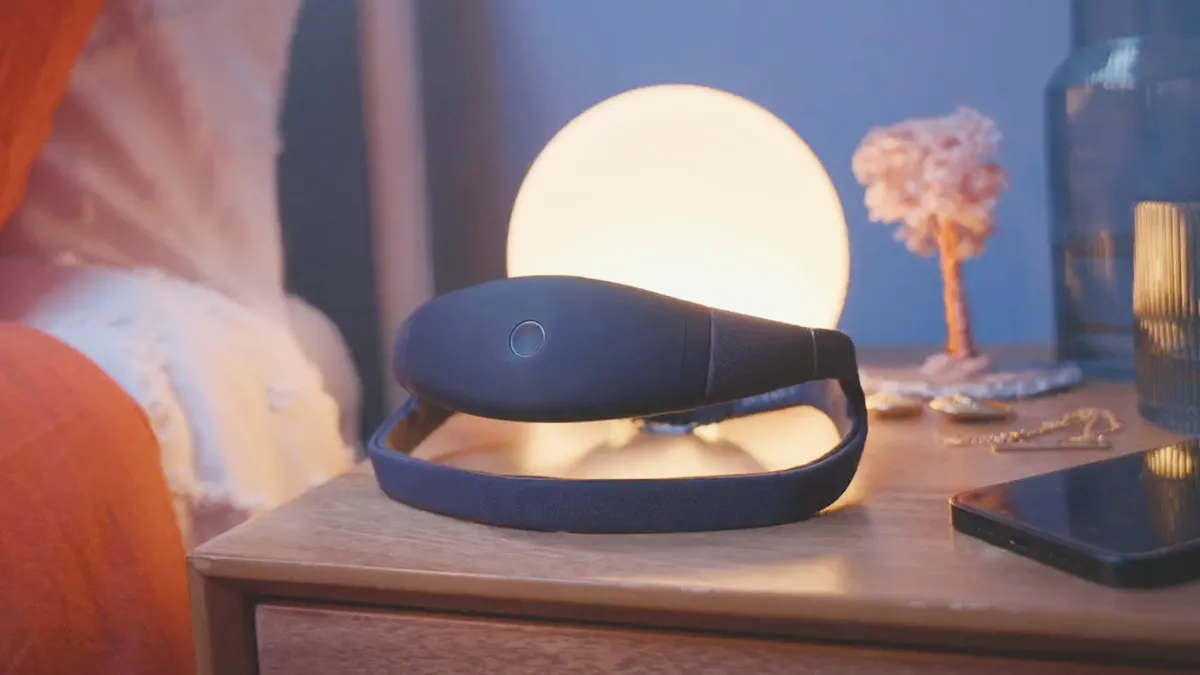Imagine a prosthetic arm with the sensory capabilities of a human arm, or a robotic ankle that mimics the healthy ankle's response to changing activity.
Hollywood has long popularized imaginative versions of such ideas. While human engineering may not yet be able to produce superhero-enabling devices, prosthetics are getting "smarter" and more adaptive, approaching a reality in which amputees' artificial appendages offer near-normal function.
Bioengineers are increasingly looking to create "human-machine interfaces embodied by a prosthetic limb that really feel like an extension of the body," said Robert Armiger, project manager for amputee research at Johns Hopkins University's Applied Physics Lab, where scientists have developed an arm with human-like reflexes and sensation.
FDA looked to spur development when it released a 'leapfrog' draft guidance in February outlining a vision for invention and testing of brain-implanted devices capable of controlling prosthetic limbs. And the Defense Advanced Research Projects Agency is funneling tens of millions into new products.
The nonprofit Amputee Coalition estimates about 2 million amputees in the U.S., and that number is expected to nearly double to 3.6 million by 2050. An estimated 185,000 new lower-limb amputations occur each year.
Among those living with limb loss, below-knee amputations are the most prevalent, with nearly three-fourths related to circulatory problems. In fact, vascular disease, including diabetes and peripheral artery disease, accounts for 54% of all amputations in the U.S. Other major causes are trauma (45%) and cancer (less than 2%).
With the numbers of amputations rising, activity is the space has been heating up.
Driving demand are aging populations and rising incidence of vascular diseases, as well as developments in artificial intelligence and machine learning. Advanced materials such as silicone and urethanes are also resulting in lighter-weight prosthetics with "memory" to respond to changes in pressure.
Among those competing in the space are Ottobock, which sells the bebionic hand, and ReWalk, maker of a powered walking assistance system. Icelandic firm Össur markets a mind-bionic prosthetic for lower-limb amputees.
But despite their potential, smart prosthetics are still a ways from becoming a reality for most people who need them, in large part due to the relatively small population, high costs and lack of reimbursement.
Building a robotic system that incorporates all the movements and sensory components of the missing limb, and doing so in a natural and intuitive way, is also challenging.
Another slowdown is getting technology transitioned out of the lab and into a company that will pursue FDA approval and take it to market.
"The risks are in working with insurance companies to reimburse for these types of devices that are already very expensive and have a high degree of abandonment," Armiger told MedTech Dive. "Insurance companies say, 'we're spending this much money on this device and people don't wear it, and now you're asking us to spend more money on a more advanced technology.'"
To expand access to these devices, companies will need to demonstrate that value proposition, he adds.
Functioning on rough terrain
For people with lower-limb prostheses, adaptability is key not only to a more fluid, natural experience but also to safety. Amputees fall at about 200 times the rate of healthy individuals and seek medical attention on a par with the institutionalized elderly, according to Michael Goldfarb, co-director of the Center for Rehabilitation Engineering and Assistive Technology at Vanderbilt University. Risk of falling increases in more active younger amputees who are less daunted by challenging terrain.
While microprocessors in prosthetic knees have been around for some time, allowing them to change behavior based on activity, or the idea of adaptive ankles, is relatively new.
Goldfarb's lab has developed an ankle that uses sensors and a microprocessor to mimic physiologic function as people move along flat or uneven terrain and go up and down stairs and slope.
"It's kind of a mini version of the human neuromuscular system with its own sensors, its own brain, its own muscles and the ability to change what it does," Goldfarb told MedTech Dive.
The ankle's design also increases the amount of clearance when people swing their prosthetic limb, providing a margin of error slightly better than that of a healthy individual to reduce trips and falls, Goldfarb said, adding that response during tests has proven promising.
Franklin, Tennessee-based Synchro Motion LLC has received funding from the National Science Foundation and NIH's Small Business Innovation Research grants to bring the product to market.
Despite its high-tech capabilities, the ankle is regulated as a Class I device, requiring only a predicate for FDA clearance. Goldfarb expects it to be commercially available within two years.
Thought-controlled arms
The robotic arm being developed at Johns Hopkins APL has 26 joints and 'load cells' in each fingertip to detect force and the torque applied to each knuckle. Sensors give feedback on temperature and vibration and collect the data to mimic what the human arm is able to detect. It responds to thought much like a normal arm.
"Our bodies natively have control loops at various levels, and that's really where AI comes into play, because there are things that you can build into that arm like reflexes and anticipating an object you might be interacting with and allowing the user to provide the highest level of command," Armiger explained.
The device attaches to the user via an osseointegration implant, a small post that goes into the bone and protrudes through the skin. That orientation allows the device to clamp directly onto the skeletal system, giving the user a more natural understanding of how the limb is moving. By attaching to the bone, the perception of weight is also lower than traditional external attachments.
Users also undergo what's called targeted muscle reintervention, which rewires the nerves in the upper arm to twitch when the user thinks of moving his or her hand. Separate sensors attach to the skin over top of the muscles and correspond with the intended movement.
"It's a great combination of the engineering of the robotic arm, the cutting-edge surgical procedures and these sort of AI algorithms which basically, when those muscles twitch, recognize and can translate that into I want to wiggle my pinkie finger," Armiger said.
The opportunity lies in maintaining an object in the hand, such as grabbing a coffee cup and holding it steady so the contents don't spill — those types of activities that are sort of autonomously controlled even within the human body, Armiger added.
The arm is currently in the advanced prototype research stage, and researchers are looking for potential transition partners. Armiger said his team has also been talking with FDA about what type of approval it would need.
Still, one of the biggest hurdles will be cost.
"Right now what we're trying to do is demonstrate the improvement in control through research studies that would then make a case for a market transition," Armiger said.




















